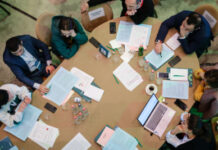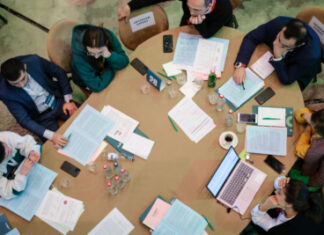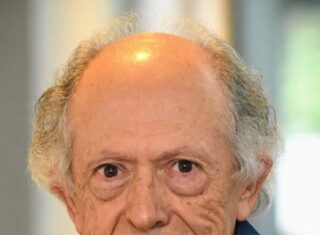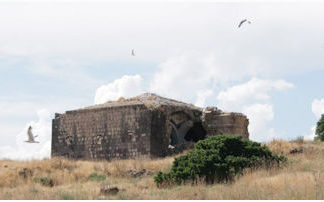DILIJAN, Armenia — The IDeA (Initiatives for Development of Armenia) Foundation and the Dilijan Development Foundation (DDF) announce the launch of the Dilijan Arts Observatory, an experimental interdisciplinary think tank, which aims to develop new models for art practice and higher education in Dilijan. The first major international art event in Armenia organised by the Dilijan Art Initiative, the Observatory will bring together an international group of artists, cultural historians and environmental scientists to Armenia August 22 to September 11.
The Dilijan Art Initiative is a complex project that seeks to promote Dilijan and Armenian culture internationally, providing support for the presentation of work by artists from the Armenian diaspora in the world’s leading exhibitions and major cultural events. The Dilijan Art Initiative supported Armenity/Hayoutioun; the National Pavilion of the Republic of Armenia at the 56th Venice Biennale, which was awarded the Golden Lion, the highest possible honour for a national pavilion, and the Armenian programme at the 14th Istanbul Biennial devoted to the research of Armenian history and trauma in contemporary Turkey.
The Dilijan Arts Observatory, which is a part of the Dilijan Art Initiative project, is supported by philanthropists Ruben Vardanyan and Veronika Zonabend, founders of the United World College Dilijan, RVVZ and IDeA charitable foundations, and co-founders of DDF, as well as another DDF co-founder, Gagik Adibekyan, who is also the founder of Adibekyan Family Foundation for Advancement.
The Dilijan Arts Observatory has been devised by international curator and anthropologist Clémentine Deliss, and will bring together a group of historians and practitioners to undertake fieldwork in the town — long a resort favoured not only by Armenians, but by artists such as Dmitri Shostakovich and Benjamin Britten — working closely with its citizens and identifying local wisdom or folkways.
Fieldwork activities will include investigating style, crafts, graphics, music, composition, and astronomy; Soviet architecture and design; culinary knowledge; archiving and transmitting 20th century memories; wilderness, botany and future products for survival. The Observatory will take place in Dilijan and neighbouring villages, adopting the former Soviet Impuls electronics factory in Dilijan as its headquarters. A classic example of Soviet industrial architecture, 4,000 employees once worked in Impuls under the order of the Soviet Defence Ministry, before it was privatized.
The Dilijan Arts Observatory Participants are: Dilijan Arts Observatory participants: Vahram Aghasyan (AM), Haig Aivazian (CA), Alen Amirkhanian (AM), Ruben Arevshatyan (AM), Vardan Azatyan (AM), Erik van Buuren (NL), Katerina Chuchalina (RU), Vardan Danielyan (AM), Mohamad Deeb (LB), Clémentine Deliss (GB), Silvina Der Meguerditchian (AM), Arpad Dobriban (DE), Andrew de Freitas (NZ), David Galstyan (AM), Vigen Galstyan (AM), Natasha Gasparian (LB), Raphaela Grolimund (CH), Angela Harutyunyan (AM), Krispin Heé (CH), Misha Hollenbach(AU), Marc Norbert Hörler (CH), Marianna Hovhannisyan (AM), Christoph Keller (DE), Aram Keryan (AM), Nairi Khatchadourian (AM), Antje Majewski (DE), Augustin Maurs (FR), Ioana Mitrea (RO), Maria Mkrtycheva (RU), Mathilde Rosier (CH), Marcello Spada (IT), Pascal Storz (CH), Shauna Toohey, Perks and Mini (AU), Joanna Sokolowska (PL), Hasmik Ter-Voskanian (AM), Vangjush Vellahu (AL), Jasmine Werner (DE), Asya Yaghmurian (AM), Nork Zakarian (EG).







